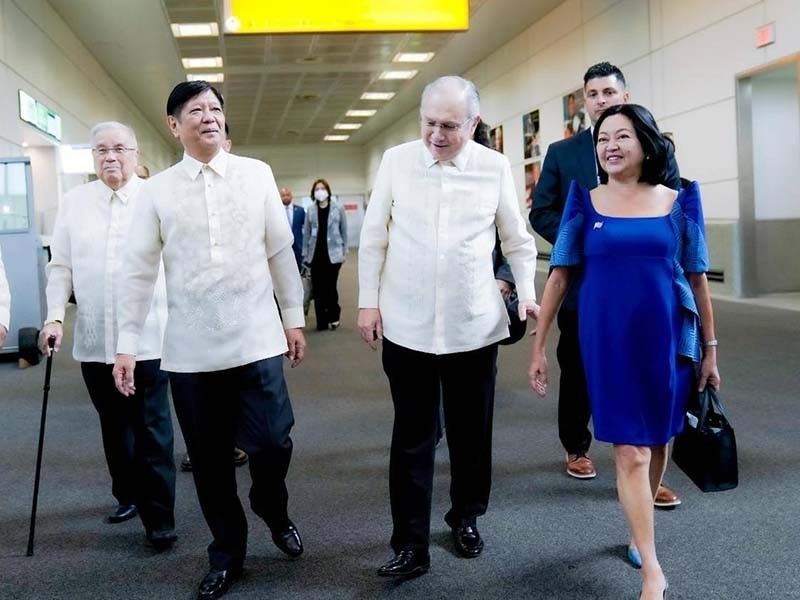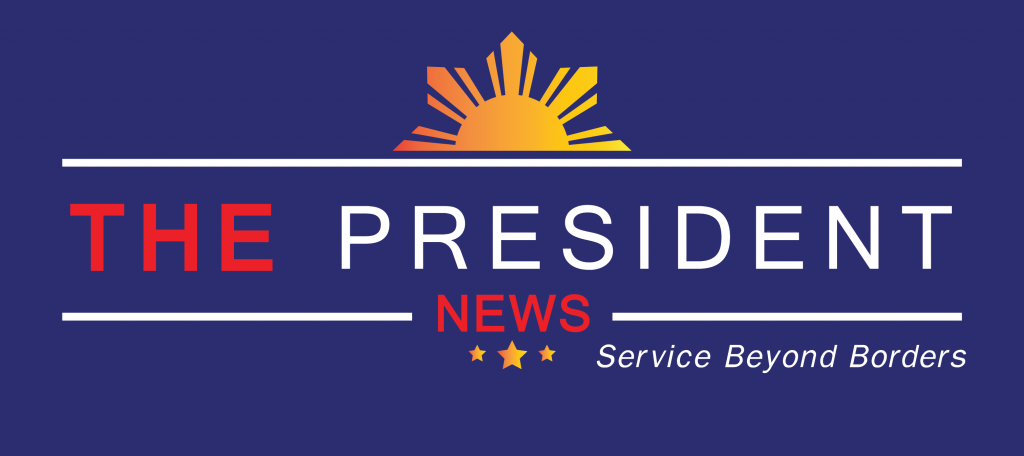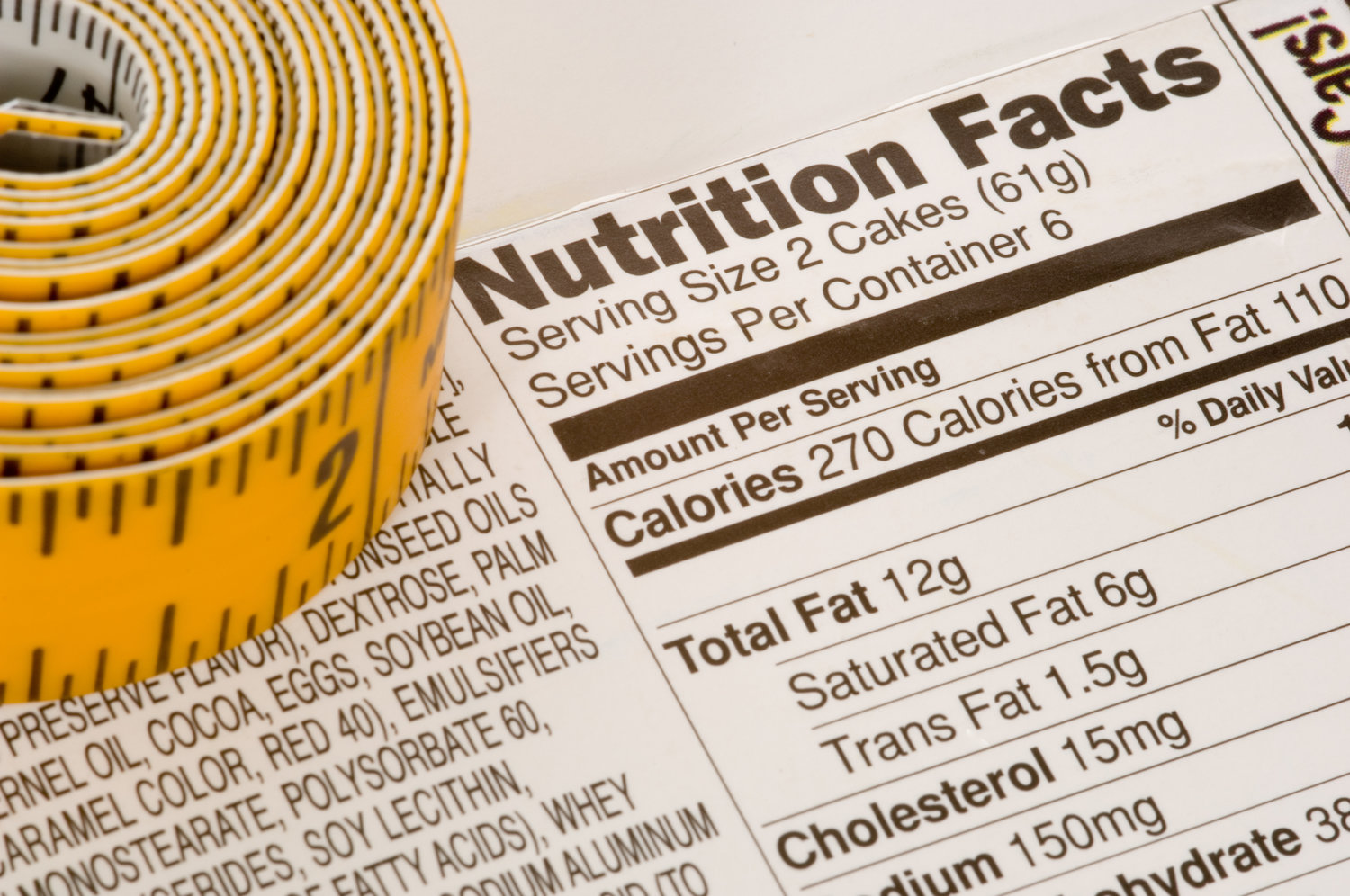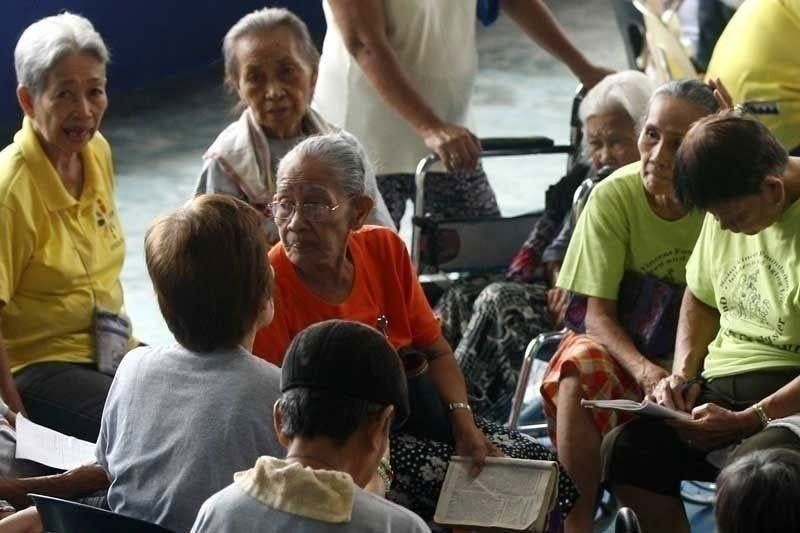
NEW YORK – President Marcos told investors on Tuesday that the Philippines is set to become an upper middle-income country in a few years, with its economy likely to benefit from sound policies, collaborations with other countries and the private sector, and a young workforce.
Marcos stated at a New York Stock Exchange forum that conducting business in the Philippines is “an opportunity to reap the benefits of a vibrant economy” since the government has adopted policies to further liberalize the economy and promote more foreign investments.
“Bouncing back from the pandemic, the Philippine economy has seen robust growth since last year and has returned to its path toward upper middle-income country status, achievable, we believe, within the next few years,” the President said.
“Against this backdrop, we have increased the scope for mutually beneficial investments that would mean more jobs and a better quality of life for Filipinos,” he added.
Upper middle-income economies are those with a gross national income (GNI) of $4,096 to $12,695, according to the World Bank. The budget department said the GNI is made up of the total value of goods and services generated within a country as well as its income from foreign nations.
The Philippines, with a GNI per capita of $3,640 in 2021, is categorized as a lower middle-income economy.
In the previous month, Socioeconomic Planning Secretary Arsenio Balisacan noted that given its present growth pace, the Philippines’ average per capita income may reach the upper middle-income threshold set by the World Bank by 2024.
Marcos elaborated on the government’s economic policy by stating that the Philippines enacted legislation that reduced corporate income tax rates and rationalized fiscal incentives. In addition, the minimum paid-up capital requirements for foreign retailers and foreign startups introducing advanced new technology have been lowered.
“We now allow full foreign ownership of companies providing public services, such as telecommunications, shipping, air carriers, railways, subways, airports and toll roads,” Marcos said, referring to the amendments to the Public Service Act, which opened key sectors to foreign investment.
The President added that the Philippines provides high-quality labor, a large consumer market and a wide range of fiscal and non-fiscal incentives while the government is committed to maintaining sound macroeconomic fundamentals.
The country’s gross domestic product is anticipated to increased by 6.5 to 7.5 percent this year and by 6.5 to 8.0 percent from 2023 to 2028, according to Marcos.
He asserted that the employment situation had improved as a result of the pandemic’s disruptions.
Low unemployment
The unemployment rate of 17.6 percent in April 2020 went down to 5.2 percent in July this year, the President noted.
Marcos also highlighted rapid manufacturing activity, which has maintained over the growth threshold of 50 for seven consecutive months and settled at 51.2 in August of this year. He stated that trade has returned to double-digit growth, with demand from trade partners boosting Philippine exports and domestically-situated businesses acquiring more supplies to meet increased demand.
“At the same time, with our commitment to fiscal discipline, the country’s debt-to-GDP ratio has improved to 62.1 percent as of end-June this year from 63.5 percent in the previous year,” Marcos said.
The President likewise discussed regarding the “massive” stimulus programs which supported vulnerable sectors at the height of the pandemic. He conceded that borrowings increased “significantly” during the pandemic, but asserted that the government is still reducing the cost of public debt through prudent debt management.
“Now that the economy is reverting to normalcy, the government is likewise heading back to the path of fiscal consolidation,” Marcos said.
He added that despite the wave of rating downgrades globally, the Philippines was able to retain its investment grade credit ratings throughout the pandemic.
“As we look forward to achieving upper middle-income status, we are also gearing up for ‘A’ territory credit ratings in the medium term,” the President said.
Marcos asserted that the Philippines has sufficient buffers against external shocks, noting the inflows of overseas Filipino remittances, receipts from business process outsourcing, and foreign direct investment.
The Philippines’ gross international reserves, he noted, stood at $99 billion as of end-August, equivalent to 8.3 months of import cover and more than enough to cover the economy’s foreign exchange needs.
Moreover, Marcos outlined the key priorities of his administration, which include managing inflation to protect the purchasing power of families, minimizing the negative effects of the pandemic and ensuring sound macroeconomic fundamentals.
“Thus, we are implementing policies that enhance food security; transport, reduce energy cost and logistical cost; strengthen social protection and enhance the quality of education and skills training of our workers,” the President said.








You actually expressed that superbly.
how to write a college application essay write my essays cheap dissertation writing services
Medication information leaflet. Brand names.
where can i get synthroid without prescription in the USA
Best trends of drug. Read information here.
magnificent points altogether, you simply won a brand new reader.
What could you suggest about your put up that you simply
made a few days in the past? Any sure?